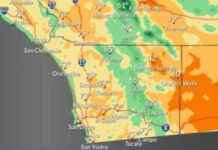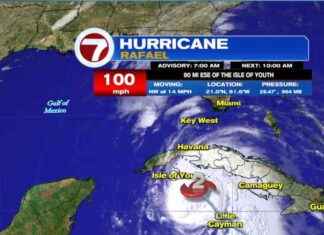“This exhibition is a miracle, I started it with Esquerra, I continued it with Junts and now with Andrea Levy, from the PP. It is a miracle that the exhibition is in Madrid and to be able to collaborate once again between the two cities”, recognizes Pepe Ribas, founder of the Ajoblanco magazine and curator of Underground and counterculture in the Catalonia of the seventies, a great exhibition that was born in the Palau Robert in Barcelona and which has just landed in one of the emblematic exhibition spaces of the Madrid City Council, CentroCentro, in front of Cibeles, until February 12.
A tour that through 700 pieces documents the irruption in Catalonia of the new countercultural currents from California or Amsterdam, from psychedelia to communes, ecology, feminism, new spiritualities, progressive rock or homosexual rights . And that to do so he travels La Rambla, the Canet Rock festival, El Born, Casal de la Floresta, the Jornades Catalanes de la Dona, the world of fanzines and magazines or recreates the hall of a hippy commune or the Zeleste room. And it goes through names like Nazario, Mariscal, Ocaña, Pau Riba, Sisa and many others who starred in a revolution in which they have their origin, assured in the presentation the delegate of the Government in Madrid, Ester Capella, “many of the freedoms that citizens considered normal today.
“In years of political confrontation they were able to live on a libertarian margin. It was not easy, they suffered fines, beatings, arrests, loss of freedom. But the imagination and enthusiasm overflowed the wall of any pincer. These are important facts for the configuration of freedom in Catalonia and certainly in Spain. And little studied. The exhibition is an exercise in giving a voice and testimony to the people who participated”, underlined Capella, who recalled that in the neighboring Blanquerna Cultural Center the Catalan delegation has opened the installation Soundtrack (Notes and lyrics), which brings together music and musicians who starred in that moment.
For his part, Ribas recalled that the exhibition was born like a UFO: “Jordi del Río called me from the Palau Robert to commission an exhibition on counterculture. I asked for total freedom, not to change a word of it. And the sample has been free, the institutions have financed it, but they have financed freedom”. And he added that by creating it “I wanted to recover memory, not nostalgia, the memory of a generation that played to change this country and changed it. But then they absolutely denied us and we did nothing more than after many years to recover that fundamental memory today, to recover activism, daring, imagination, creativity and, above all, vitality. Then there was a tremendous vital need to change everything. And we changed it.” And he remembered anecdotes like when the police stopped him going to Madrid with a car loaded with Ajoblancos and convinced them that it was a cooking magazine. And rallies in Fregenal de la Sierra, Don Benito or Alcázar de San Juan with 500 people: “There was a tremendous explosion everywhere.”
Andrea Levy, delegate for Culture of the Madrid City Council, wondered “why those people who had the ambition to leave gray Spain and address the European winds of rights do not have enough memory in our recent history”. And she concluded that it is necessary to “build bridges between Barcelona and Madrid that will help us as a country to look to the future like the counterculture in the seventies.”








